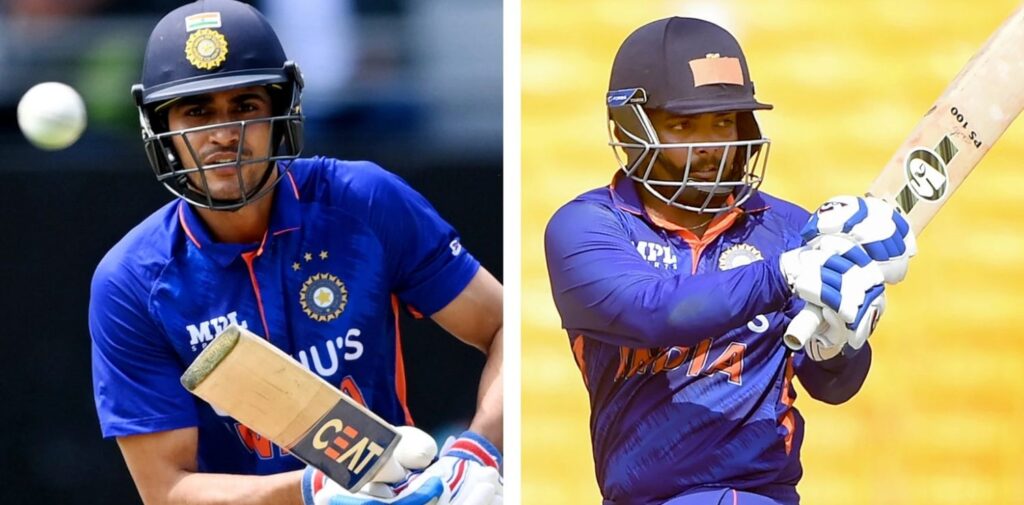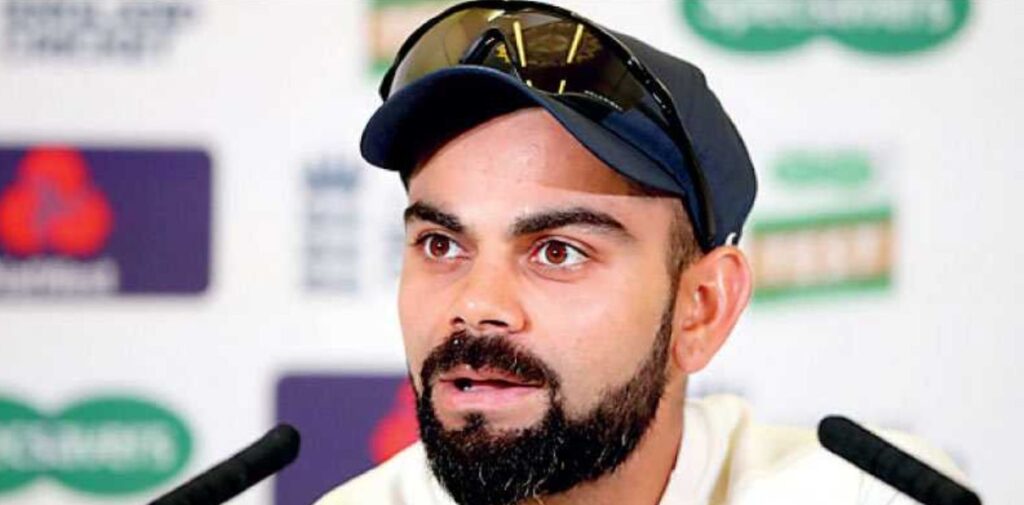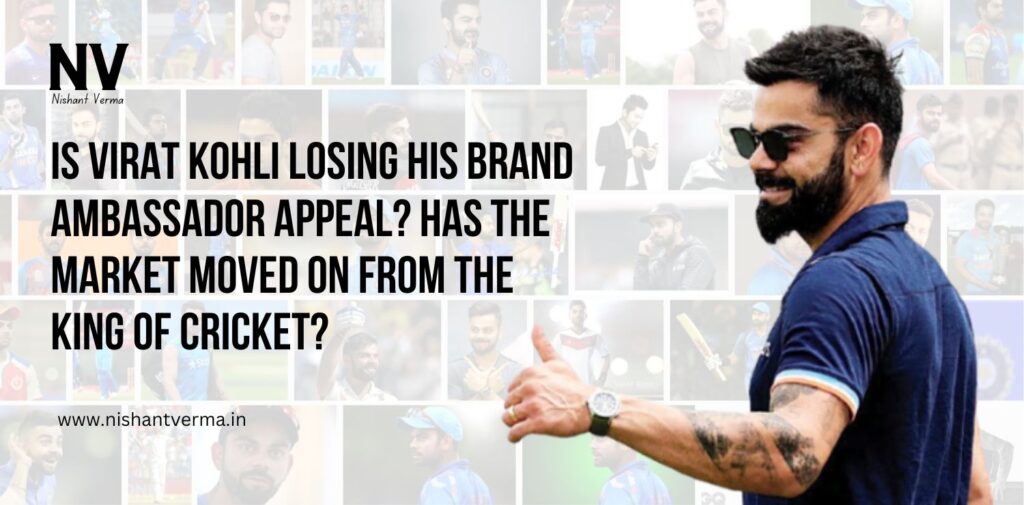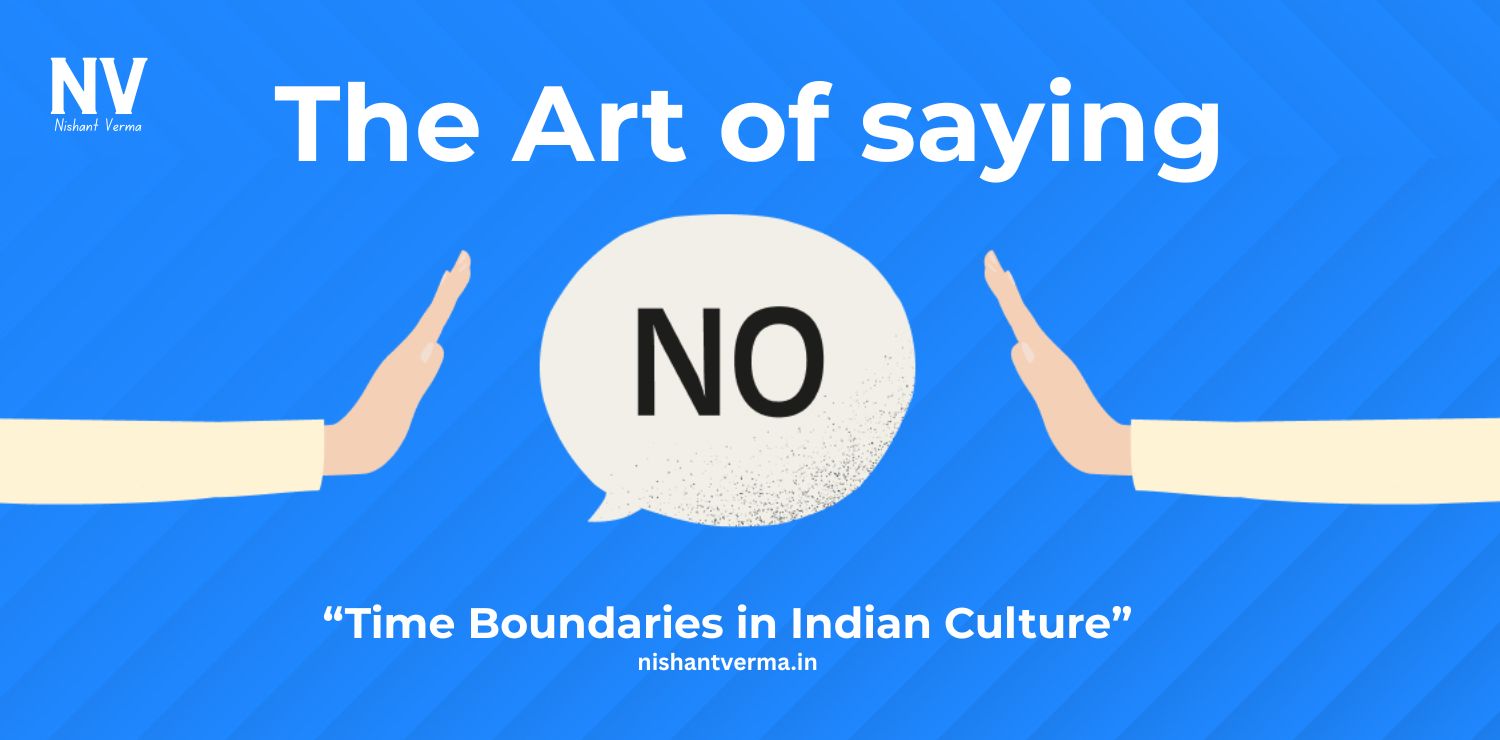For more than a decade, Virat Kohli has been one of the most recognizable faces in Indian cricket and global sports. His intensity on the field, coupled with his consistent performance, made him a marketer’s dream. Virat Kohli wasn’t just another cricketing sensation; he was a brand in himself, embodying youth, fitness, aggression, and success.
Brands clamored to have him as their ambassador, and he quickly became one of the highest-paid athletes in the world, earning millions through endorsements. However, recent trends suggest that the market might be shifting its focus away from Virat Kohli. Are brands moving on from the King of Cricket? Let’s delve into the factors that might be contributing to this change.
The Evolution of Brand Kohli
To understand Kohli’s current situation, it’s essential to reflect on the rise of Brand Kohli. His journey from a talented but temperamental young cricketer to the captain of the Indian national team was a narrative that brands could easily latch onto. He represented the aspirations of millions of young Indians—someone who came from a middle-class background, worked hard, and achieved unparalleled success.

Kohli’s persona was a blend of aggression and charm, a combination that appealed to a broad demographic. He was not just the face of sports brands like Puma, but also of lifestyle brands such as Manyavar, which leveraged his suave yet relatable image to connect with its target audience. His fitness journey, where he transformed himself into one of the fittest athletes globally, also aligned with the growing health and wellness trend, making him an ideal ambassador for fitness-related products.
For years, Kohli’s face was everywhere—from billboards to TV commercials, his endorsements cut across sectors including fashion, beverages, electronics, automobiles, and financial services. But the brand landscape is ever-evolving, and so is the audience’s preference.
The Shifting Market Dynamics
One of the primary reasons for the shift in Kohli’s brand appeal could be the evolving market dynamics. The Indian consumer market, particularly the youth segment, is increasingly driven by digital trends. Social media influencers, content creators, and young celebrities are capturing the attention that once belonged to cricketers like Virat Kohli.
In recent years, the emergence of platforms like Instagram, YouTube, and TikTok (before its ban in India) has democratized fame. Today, a popular content creator with millions of followers can be just as valuable to a brand as a sports star. These influencers offer brands a direct line to their audience through highly targeted and engaging content, something that traditional celebrity endorsements might not always achieve.
Moreover, brands are now looking for ambassadors who resonate with specific niche audiences rather than a broad, general one. Virat Kohli, despite his immense popularity, might not offer the same level of engagement with a niche audience as a micro-influencer or a younger, trendier celebrity might.
The Emergence of New Faces
Another factor contributing to the potential decline in Kohli’s brand endorsements is the emergence of new cricketing stars and other sports personalities. Young cricketers like Shubman Gill, Rishabh Pant, and Prithvi Shaw are not only performing well but also resonate with Gen Z, who see them as the new flag bearers of Indian cricket. These players bring fresh energy and are more attuned to the digital-first world, which brands are increasingly prioritizing.

Beyond cricket, India is witnessing a rise in the popularity of other sports like badminton, wrestling, and boxing. Athletes like PV Sindhu, Neeraj Chopra, and Mary Kom have become household names, offering brands alternative ambassadors who bring different values and narratives to the table. These athletes represent new and diverse stories, which are compelling for brands looking to diversify their ambassador portfolios.
Virat Kohli Changing Persona
Virat Kohli’s persona has also undergone significant changes over the years. Once known for his fiery temperament and aggressive demeanor, Kohli has mellowed down, both on and off the field. His marriage to Bollywood actress Anushka Sharma and the birth of his daughter have softened his image, making him more relatable as a family man but potentially less appealing to brands that were drawn to his earlier intensity and aggression.
Additionally, Virat Kohli stepped down as the captain of the Indian cricket team, a role that was central to his brand identity. While he remains a formidable player, his leadership was a significant part of his appeal. Without the captaincy, Kohli’s stature in the game, while still substantial, has naturally seen a slight shift, which could influence how brands perceive his value.
The Impact of Performance and Age
Athletic performance and age are critical factors in determining a sportsperson’s marketability. Although Virat Kohli remains one of the top players in the world, his performance in recent years has seen a dip compared to his earlier, more prolific years. This slump, combined with the inevitable process of aging, might be causing brands to reconsider their long-term association with him.

Moreover, in sports, brand endorsements are often linked to the athlete’s peak performance period. As players age and younger talent emerges, brands tend to shift their focus to the next big thing. Kohli, who is now in his mid-30s, might be at that point where brands are beginning to look for the next young superstar who can connect with a younger audience for a longer period.
The Role of Controversy
Another aspect that could influence Kohli’s desirability as a brand ambassador is his involvement in controversies. While Virat Kohli has generally maintained a clean image, his aggressive behavior on the field and outspoken nature off it have sometimes attracted negative attention.
In the era of cancel culture and heightened sensitivity to public behavior, brands are extremely cautious about the personalities they associate with. Even a minor slip-up can lead to a backlash, prompting brands to distance themselves from a once-beloved figure. While Kohli has managed to navigate controversies relatively unscathed, the constant scrutiny might make brands think twice about signing long-term deals with him.
The Rise of Social Causes and Brand Values
In today’s market, consumers are increasingly aligning themselves with brands that stand for something beyond just their products. Social causes, sustainability, and ethical practices are becoming significant factors in brand identity.
Brands are now more inclined to choose ambassadors who reflect their values and can authentically represent their stance on these issues. Kohli has been involved in philanthropy and has spoken out on social issues, but in a world where activism is becoming a key component of personal branding, newer faces might resonate more with socially conscious consumers.
For instance, young athletes who are vocal about mental health, gender equality, or environmental issues are becoming more attractive to brands that want to align with these causes. Kohli’s brand image, which has traditionally been more about performance and aggression, might not align as seamlessly with the current trends in social activism and brand values.
The Future of Brand Kohli
While the current trends suggest that Kohli’s dominance in the brand endorsement space might be waning, it’s important to recognize that he still holds significant value. His fan base is immense, and he remains one of the most followed and admired sports personalities in the world.

However, to maintain his relevance as a brand ambassador, Kohli might need to evolve his image further. Embracing a more holistic and socially aware persona, engaging more deeply with digital audiences, and perhaps even pivoting towards lifestyle and legacy brands could be strategies that keep him in the endorsement game.
Moreover, as Kohli transitions from his peak athletic years, brands might look to leverage his experience, wisdom, and status as a cricketing legend rather than just a current superstar. This could open up opportunities in categories like leadership, mentoring, and legacy branding.
Conclusion: Has the Market Moved On?
So, has the market moved on from Virat Kohli? The answer is both yes and no. While it’s clear that the dynamics of brand endorsements are changing and that new faces are emerging, Kohli’s legacy and ongoing influence in cricket and beyond ensure that he remains a valuable asset.
The market may be shifting its gaze towards younger, more digitally native stars, but Kohli’s story is far from over. The King of Cricket might no longer be the only ruler of the endorsement empire, but with the right strategies, he can still retain his crown in the hearts of millions and on the billboards of many.




